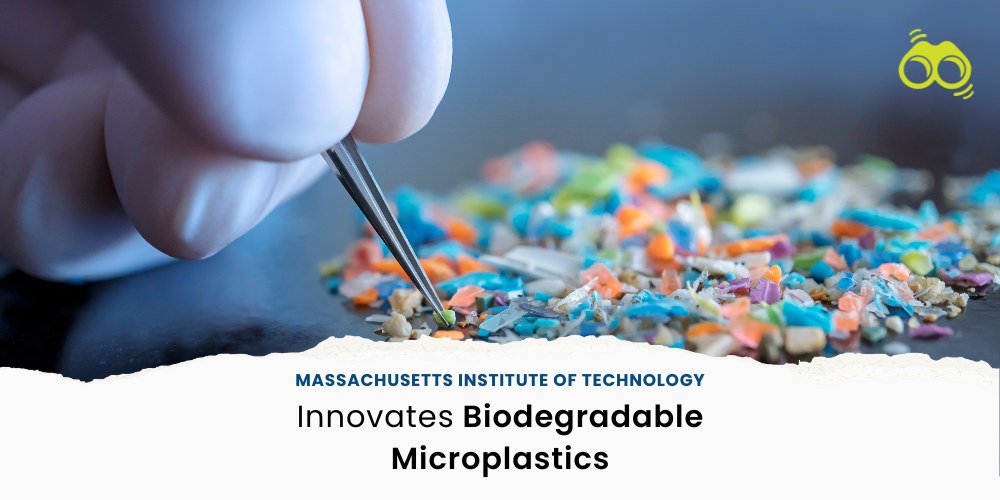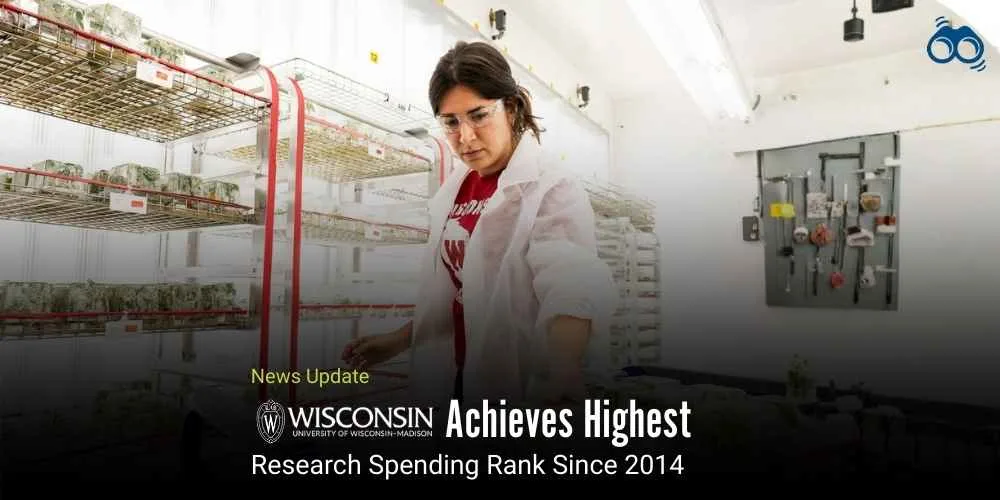MIT Researchers Replace Microbeads in Beauty Products with Eco-Friendly, Nutrient-Encapsulating Polymers
MIT’s New Biodegradable Polymers Could Revolutionize Food Fortification and Sustainability
MIT researchers have developed biodegradable polymers to replace plastic beads in beauty products, offering a solution to microplastic pollution. These materials break down into harmless sugars and amino acids, addressing the environmental hazard caused by sources like tires, clothing, and packaging. Ana Jaklenec from MIT’s Koch Institute stressed the need to clean up existing pollution The biodegradable particles have the potential to encapsulate essential nutrients like vitamin A, addressing global nutrient deficiencies affecting over 2 billion people. In 2019, Jaklenec and Langer introduced a polymer for nutrient encapsulation, but after the EU classified it as a microplastic and imposed a ban, the Bill and Melinda Gates Foundation requested a more eco-friendly alternative. The recent paper, led by Linzixuan Zhang, was published in Nature Chemical Engineering.
To address this challenge, the researchers, led by Zhang, turned to poly (beta-amino esters), a biodegradable polymer developed in Langer's lab. These polymers, which break down into harmless sugars and amino acids, have shown promise in gene delivery and medical uses. By modifying their composition, the team optimized properties like hydrophobicity, mechanical strength, and pH sensitivity. After testing five candidate materials, they identified one that dissolved in acidic environments, such as the stomach, making it ideal for potential microplastic applications.
The researchers demonstrated that the biodegradable particles could encapsulate essential nutrients like vitamins A, D, E, and C, as well as zinc and iron. These nutrients, which are prone to heat and light degradation, were protected and withstood boiling water for up to two hours. Additionally, after six months of storage in high temperature and humidity, more than half of the encapsulated vitamins remained intact. To explore the particles' potential for food fortification, the team incorporated them into bouillon cubes, a staple food in many African countries. They found that the nutrients remained intact after being boiled for two hours. Jaklenec noted that bouillon presents a significant opportunity to improve nutrition for billions of people in sub-Saharan Africa. The researchers also tested the particles' safety by exposing them to cultured human intestinal cells and found no harmful effects at the doses intended for food fortification.
The researchers tested the biodegradable particles as replacements for microbeads in cleansers by mixing them with soap foam. They found the mixture more effective at removing permanent marker and waterproof eyeliner compared to soap alone. Additionally, it outperformed a cleanser containing polyethylene microbeads and was more efficient at absorbing harmful elements like heavy metals. Zhang stated that this work demonstrates how a new class of materials can be developed and expanded from existing categories, with potential applications across various sectors.
With funding from Estée Lauder, the researchers are conducting further tests on the particles' effectiveness as a cleanser and exploring additional applications. They are also planning a small human trial later this year and collecting safety data for GRAS (Generally Recognized as Safe) classification from the U.S. Food and Drug Administration. The team is also preparing to conduct a clinical trial for foods fortified with the particles.
The researchers aim to significantly reduce the environmental impact of microplastics from health and beauty products. Jaklenec acknowledged that while this is just one part of the broader microplastic issue, society is increasingly recognizing its severity. She emphasized that the research represents a step forward in addressing the problem and demonstrates how the environmental downsides of polymers can be mitigated. This innovative research by MIT significantly contributes to sustainability and public health, offering a dual solution to environmental pollution and global nutrient deficiencies.
Editor's Note:
Microplastic pollution is an escalating environmental issue, with serious consequences for ecosystems and human health. Researchers around the world are exploring new ways to reduce the spread of microplastics, and MIT's groundbreaking research on biodegradable polymers represents a major advancement in this effort. Replacing harmful plastic microbeads in beauty products and using biodegradable particles to fortify food with essential nutrients will address both microplastic pollution and global nutrient deficiencies. Skoobuzz believes this dual solution has the potential to reduce the ecological impact of health and beauty products, while simultaneously improving nutrition for billions of people around the world.














0 Comments (Please Login To Continue)